How to Care for a Bedridden Person at Home
As a family caregiver, you may have to care for a loved one who can’t get out of bed. Make no mistake about it, this can be a very difficult time for everyone. But how do you care for a bedridden person at home?
Taking care of a bedridden loved one comes with a long list of tasks, including feeding them, and helping with personal hygiene tasks, such as bed baths, dental care, and toileting. Plus, you will likely be responsible for medications and other medical-related tasks. And certainly, you want your loved one comfortable and entertained.
Importantly, realize you may, at some point, need professional help. Don’t be shy about asking for help.
As hard as this role can be, there are things that you can do to make it much easier for yourself and for your loved one. The tips in this post will help you keep your loved one safe, comfortable, and as happy as possible.

How do you care for a bedridden loved one?
Importantly, you must keep track of their needs, which is much easier if you make and follow a list of required tasks.
To create your list of required tasks, start by talking to your loved one’s doctor for a list of required medical-related tasks and their required frequency. Next, make a list of non-medical tasks, such as bathing. You can refer to the suggestions in this blog to create a list that works for your loved one.
After you estimate how much time each one will take, make a daily and/or weekly schedule. This will help you organize your responsibilities and make it easier to accomplish everything that must be done to care for your bedridden loved one.
Avoid bedsores (aka pressure ulcers).

It’s very easy for immobile people to get bedsores, which can be painful and dangerous. Seniors, and bedridden patients of all ages, are at risk for these skin bruises, cuts, and scrapes, which can get infected.
There are several factors that contribute to the likelihood of bedsores among bedridden patients:
- Staying in one position for too long can put a lot of pressure on any part of the body. After a while, the skin in that area can start to break down.
- If your loved one is very thin, he/she may not have enough padding to protect vulnerable areas, increasing the risk of sores and cuts.
- When moving a bedridden person, it’s very easy to rub his/her skin against the sheets or scrape their skin against the toilet, chair, etc.
- Poor hydration makes the skin more susceptible to bedsores.
- Health conditions can also contribute to poor skin integrity, which can then make the bedridden person more prone to bedsores.
How can you reduce the chance of bedsores?
Repositioning your loved one every 2 hours is the best way to avoid bedsores. Although this may seem like a lot, experts recommend this frequency to keep a person’s blood supply flowing, which in turn, helps avoid bedsores.
Importantly, the possible “safe” positions for your loved one will depend on his/her health conditions, so ask the doctor for recommended positions.
If your loved is completely immobile, repositioning him/her can be difficult, if not impossible. You may need help from another person and/or need to use either slide sheets or a patient lift (read the next section on moving immobile patients for more information on patient lifts).
Slide sheets make it easier to reposition your loved one.
As the name implies, slide sheets are slippery, making it easier for you to move your loved one while reducing the risk of harming your loved one’s skin.
Buy slide sheets online and follow manufacturers’ recommendations on how to use them. To learn how to use a slide sheet, ask for guidance from either a nurse (if your loved one is in the hospital), a visiting nurse or a home health aide. Additionally, you can watch videos online – search for “how to use slide sheets to move a bedridden patient”.
And don’t leave the slide sheet on the bed – your loved one could slide off the bed! Additionally, don’t leave a slide sheet on the floor - you could slip on it and fall.

Other steps to avoid pressure sores.
Importantly, frequent skin checks are essential to avoid bedsores, especially if your loved one has been bedridden for a long time. Check all parts of the body (especially pressure points) for skin lesions that could turn into sores. And tell your loved one’s doctor about any worrisome spots.
Also, keep your loved one well fed and hydrated. Ask the doctor or a nutritionist which foods will meet their nutritional needs and help protect their skin.
Lastly, ask the doctor about any creams or products that can help you keep reduce the chances of bedsores. For instance, bed toppers, wedge pillows and tailbone can relieve pressure points.
Use care when moving immobile patients.
If your loved one is immobile, or require special needs repositioning and moving him/her can be difficult. You could hurt yourself and/or your loved one. In addition to using slide sheets, learn how to properly roll your loved one over by asking your nurse, occupational therapist, or by watching videos online.
Additionally, consider getting a patient lift device which makes it easy to move your loved one in and out of bed. These devices are expensive, but your insurance may cover the cost of a purchase or rental if the lift is prescribed by a doctor.
If your loved one has private insurance, call the company, and ask about coverage for patient lifts prescribed by a doctor. If your loved has Medicare insurance, learn about their policies regarding patient lifts here.
Keep your loved one clean.

For overall body cleanliness, regularly clean your loved one’s body. Not only will bathing help your loved one feel better, but bathing can also improve blood circulation. Although good old fashioned sponge baths can get the job done, they can be messy. Consider using:
- No water, dry shampoos, and conditioner caps which contain no-rinse shampoo and conditioner, making the process easier with less mess.
- Rinse free single-use bath sponges which make it easier and cleaner to give your loved one a “sponge bath”.
Carefully clean after toileting and accidents.
Most likely, your loved one will need a handheld urinal (for men), bedside commode, diapers and/or incontinence pads.
It’s essential that you change any diapers and pads as quickly as possible to avoid any skin contact with urine or feces.
Additionally, proper cleaning of your loved one’s private parts is critical to avoid infections and other skin issues. Therefore, after any type of toileting or “accidents”, clean his/her private parts thoroughly.
You can use gentle wipes designed for this purpose, although some caregivers find that using shaving cream makes it much easier to clean messy areas.
If your loved one has an occupational therapist, ask him/her for tips to make this process easier.
Don’t ignore oral hygiene.
Proper oral care can reduce the risk of tooth decay and gum disease while making your loved one more comfortable. Use either a smaller soft-brushed child-size toothbrush or disposable teeth cleaning sponges/swabs. Brush at least twice a day. And for tips, talk to your loved one’s dentist.
Importantly, if your loved one has trouble swallowing, discuss how to practice safe oral hygiene with his/her doctor.
Watch out for skin problems.
While both bathing and cleaning after toileting, you should examine your loved one’s body to check for pressure sores, red spots, or any signs of infection. If you see anything concerning, talk to your loved one’s doctor.
Maintain clean bed sheets.

No one wants to lie on soiled sheets, so change soiled sheets immediately. If your loved one has incontinence issues, make your life easier by using super absorbent adult diapers, and/or heavy absorbency incontinence pads. Additionally, use a waterproof mattress protector.
How to wash soiled sheets.
If feces or urine gets onto the bed sheets, wash them immediately using the steps below. Importantly, use disposable gloves for these steps:
- Remove as much feces as you can with a paper towel. Then place that paper towel in a plastic bag and discard the bag.
- Fill a bathtub (or large sink) with water. Add at least 1/4 cup of laundry detergent.
- Place the sheet in the water and agitate the water with your hands swooshing back and forth for about 10 minutes.
- Drain the bathtub or sink.
- Twist any remaining water from the sheets.
- Then put those sheets into your washing machine. If you want, pre-treat them with a stain remover.
- Wash the sheets in both detergent and chlorine bleach.
Adaptive clothing can be a huge help.

Caring for a bedridden patient generally involves helping him/her get dressed and undressed, which can be difficult. Additionally, changing diapers and helping with toileting can also present challenges.
Fortunately, adaptive clothing makes the process of dressing and undressing bedridden people much easier. For instance, you can buy specially designed tops that can be put on like a hospital gown, so the wearer doesn’t have to struggle with small openings. There are even pajamas and nightgowns designed specifically for those who are bedridden, making putting on and taking off bedclothes so much easier than with traditional clothing.
At Joe and Bella, you’ll find a full line of clothing that makes dressing and undressing easier for you and your loved one, from beautiful tops, bottoms, and footwear. For example, CareZips® Classic pants have three zippers that make dressing and undressing easier. Two zippers on the side extend from the hips to above the knees, and a third zipper runs along the inside of one knee to the other. They’re comfortable and very easy to put on and off in both a lying and standing position.
These unique pants were originally designed to help those who are bedridden or living with challenges related to mobility or incontinence. However, the innovative third zipper also makes it easier to access incontinence products, catheters, and other medical devices. This easy access not only makes it easier to clean and change your loved one, but it also makes it easier for doctors and nurses to access medical devices.

Make your loved one comfortable.

It’s important to keep your loved one comfortable and relaxed. Here are some items that can help:
- Orthopedic support wedge pillows.
- Comfortable sheets and blankets.
- Under mattress wedges to elevate the head.
- Leg or knee pillows to elevate the legs and relieve pressure on the heels.
- An adjustable height bed tables that provide easy access to food, drinks, books, etc.
- A hospital bed can make your loved one more comfortable and make your life easier. Importantly, you may be able to receive a hospital bed for no charge through a hospice service or through your insurance (private or Medicare).
Keep your loved one entertained.

It’s great if you can have visitors who can entertain your loved one and give you a much-deserved break. Ask friends and family members if they can come by on a regular basis – perhaps once a week or even once a month. If you don’t have anyone nearby who can visit, consider reaching out to your church or temple, or your local senior center, to learn about programs that send visitors to people’s homes.
Regular, stimulating activities can reduce the boredom and loneliness often associated with being bedridden. Choose activities that your loved one likes, but also make sure he/she is capable of participating. Don’t suggest activities that would frustrate your loved one!
If your bedridden loved one can participate in activities, either with others or on their own, it’s helpful to have plenty of supplies on hand. Some ideas for things to keep on hand:
- A computer or tablet
- Books, including audiobooks
- Puzzles
- Activity books
- Arts and crafts supplies
- Notebooks for journaling
- Video games
- Movies and TV shows
- Photos to look through
Conclusion.
There is a lot to do when you care for a bedridden person at home. But with some planning and help from others, you can accomplish it successfully.
However, the amount of work required can feel like too much – both physically and emotionally. Therefore, schedule time for yourself every day. And try to find someone to help you, even if it’s just a few hours here and there.
Roberta Carson started Zaggo, a nonprofit organization, to help patients and family caregivers manage illnesses and injuries, after her experience as caregiver for her teenage son Zachary during his battle with terminal brain cancer.
The unique, award-winning ZaggoCare System provides patients and families with the educational information, tools, and resources they need to become empowered, engaged, effective members of their medical teams for the best possible care. Additionally, the Zaggo blog offers helpful advice for patient and family caregivers. 100% of the profits from the sale of ZaggoCare are donated to pediatric brain tumor research in memory of Zachary.






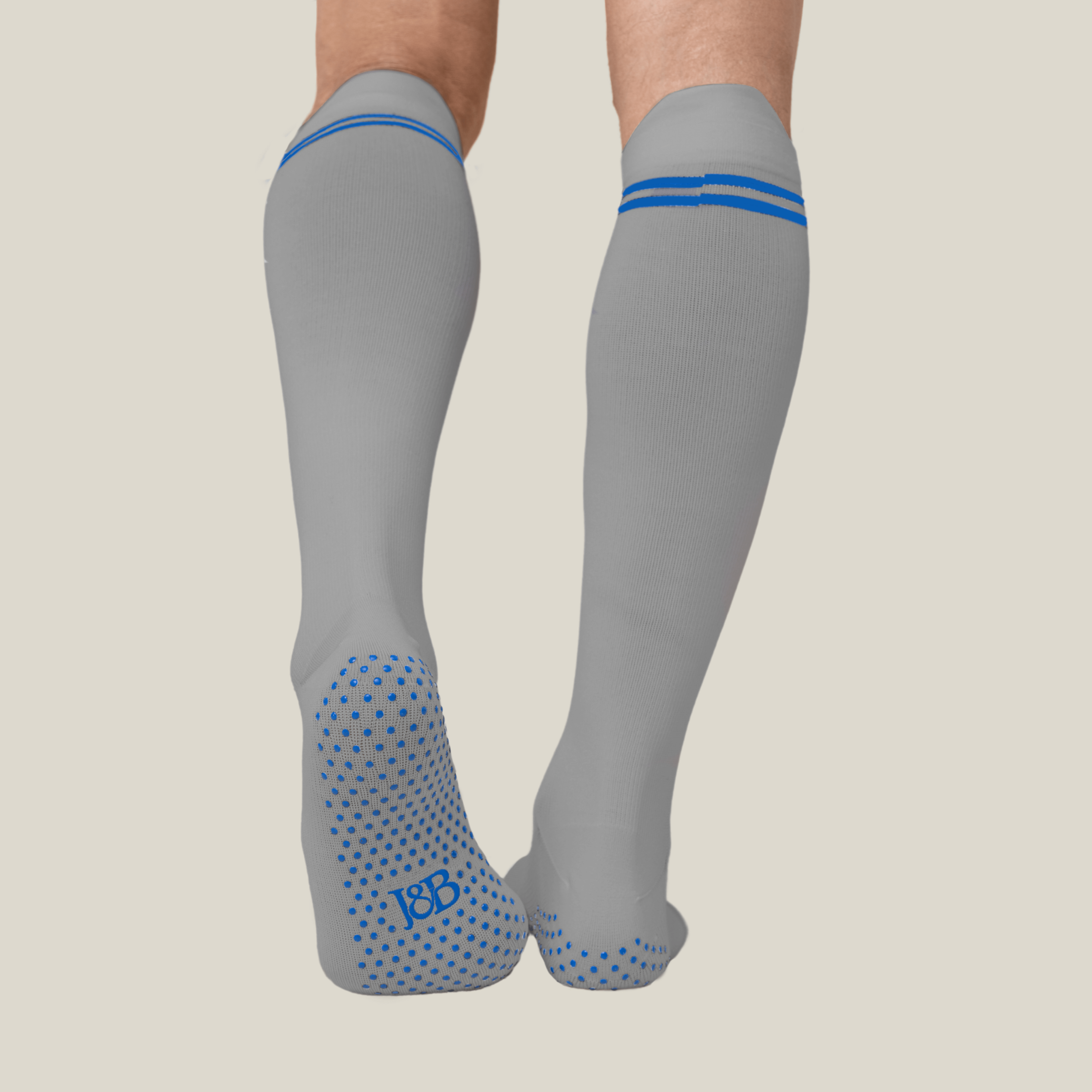




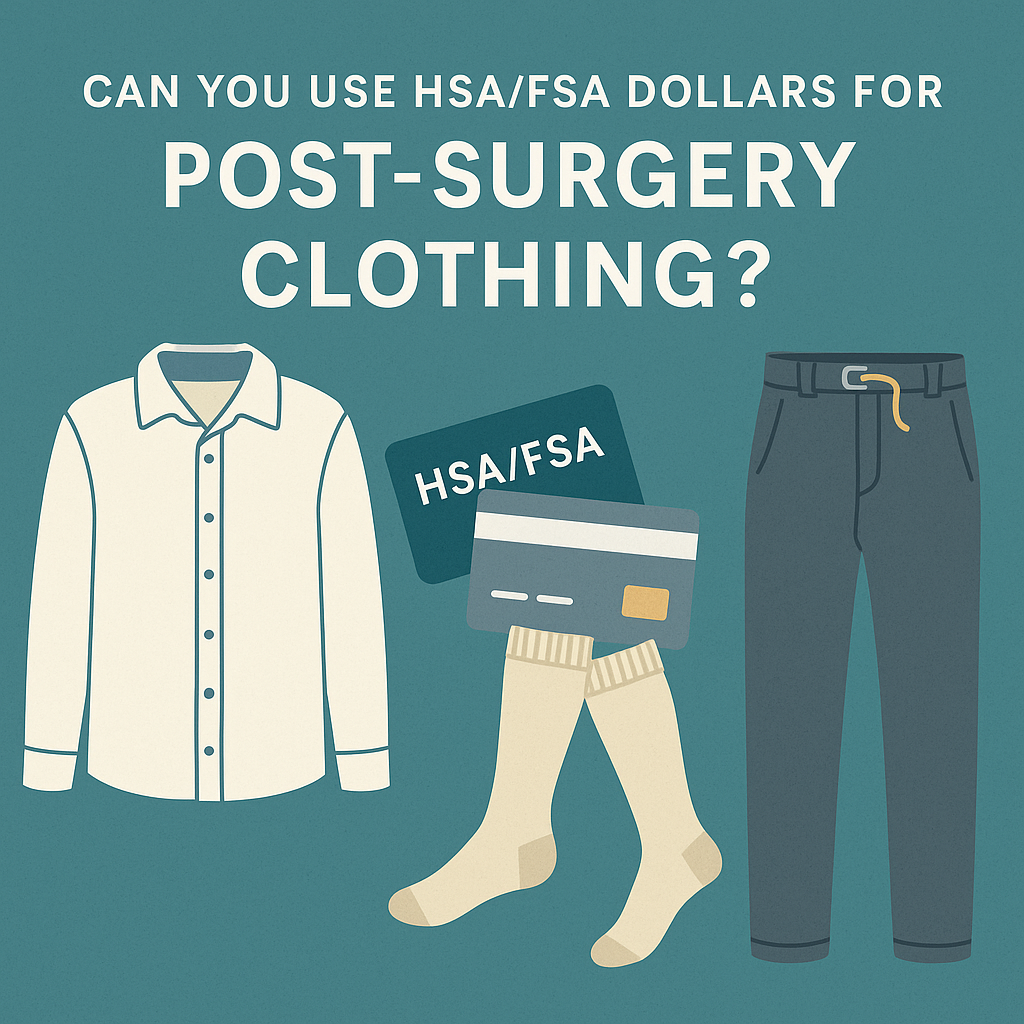
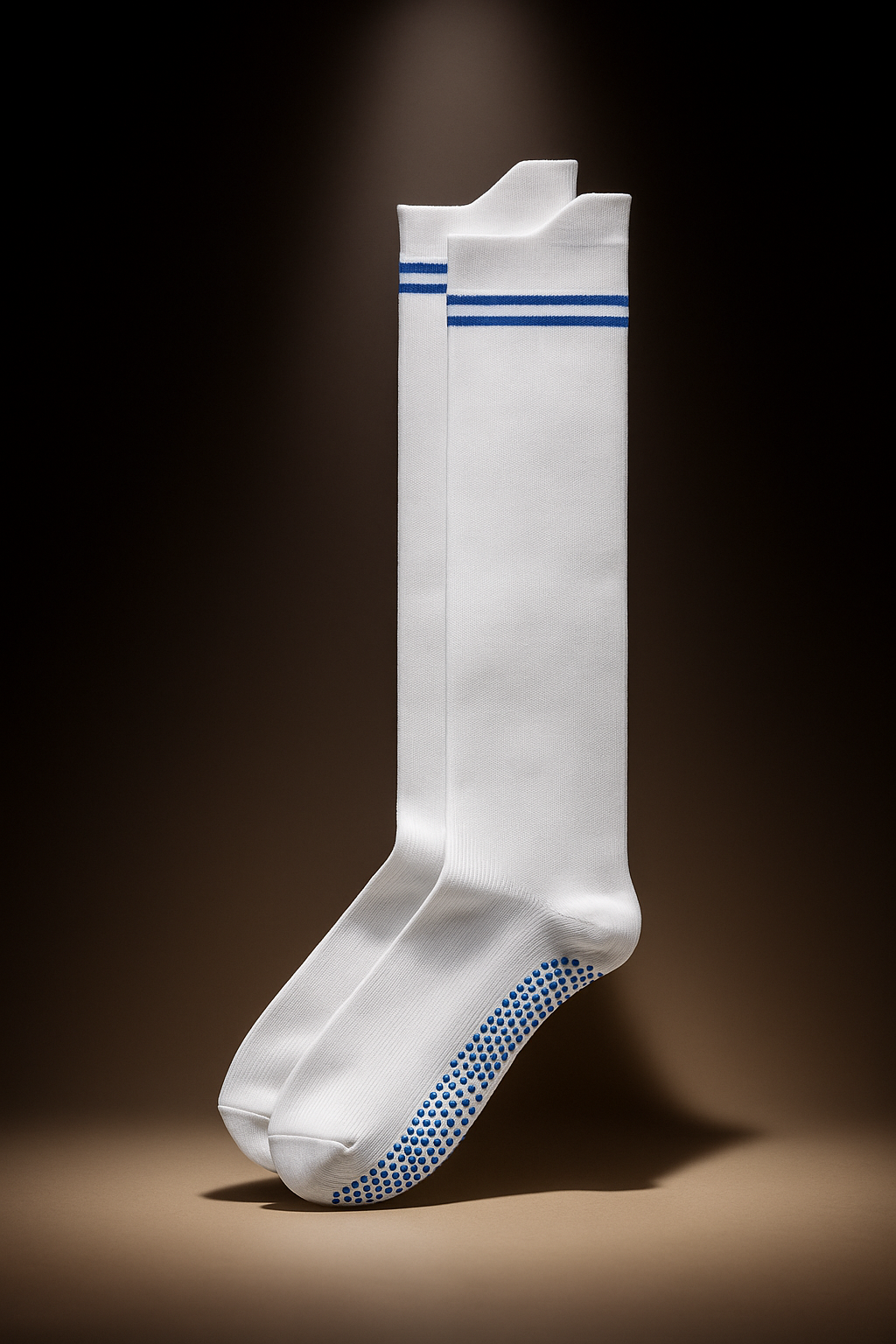









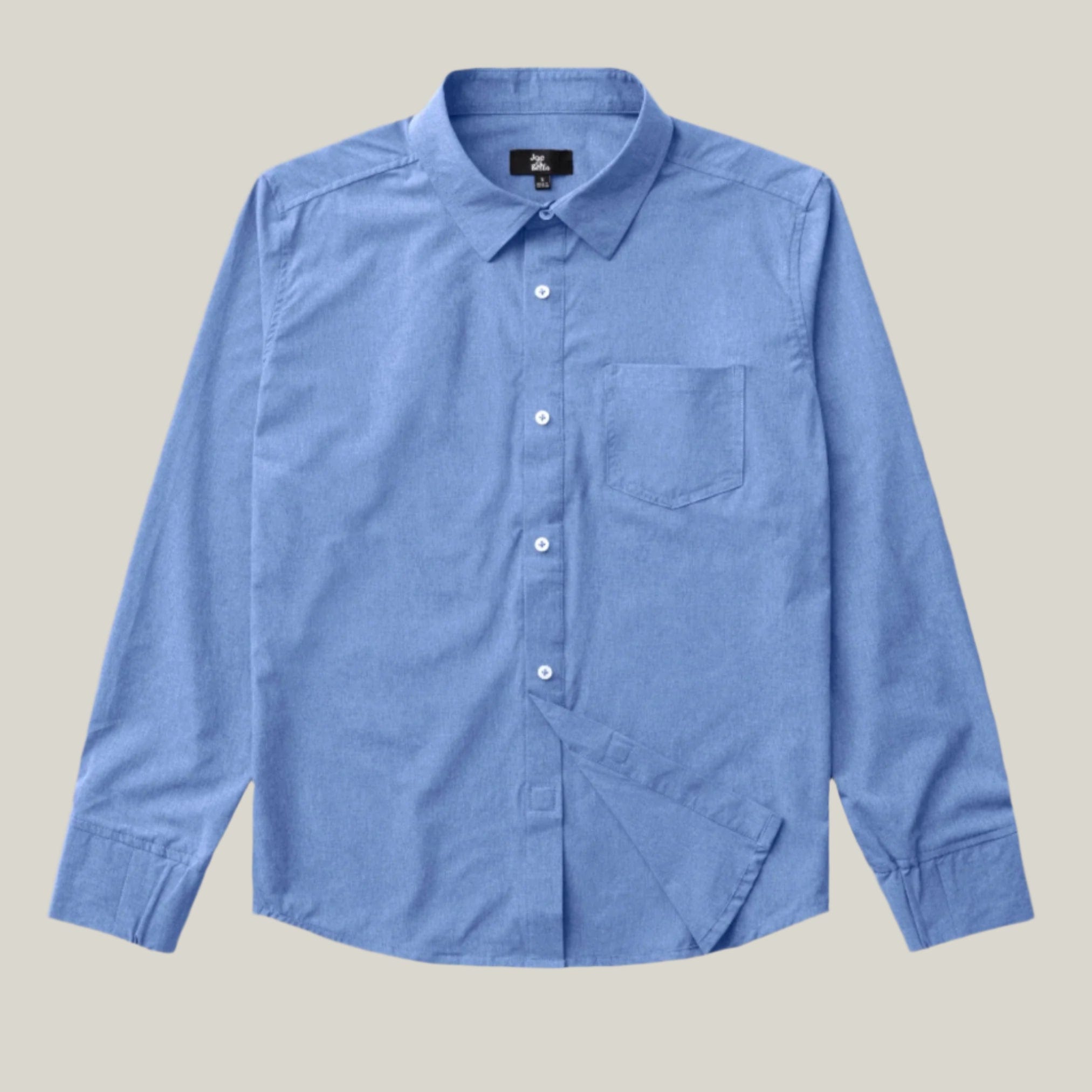


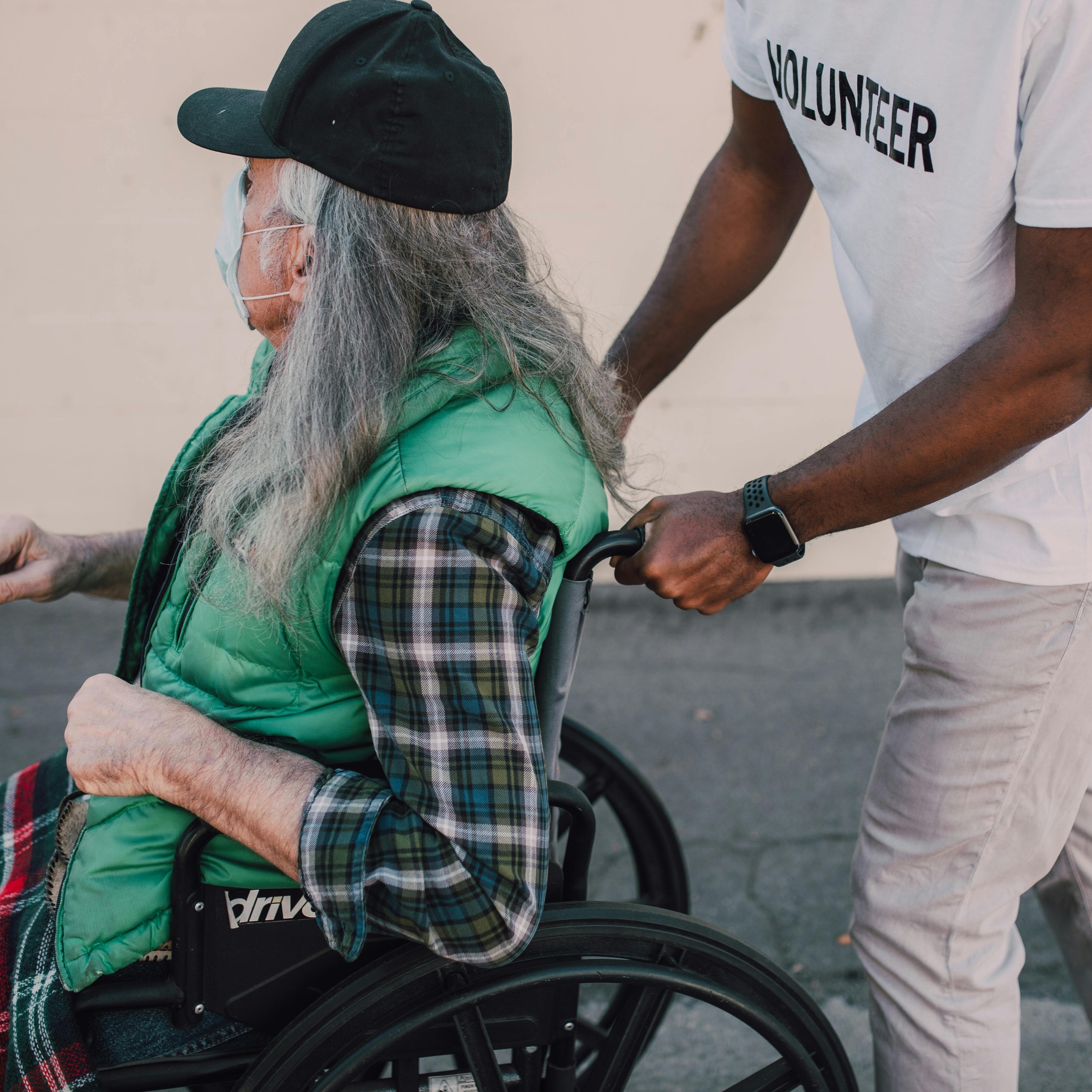




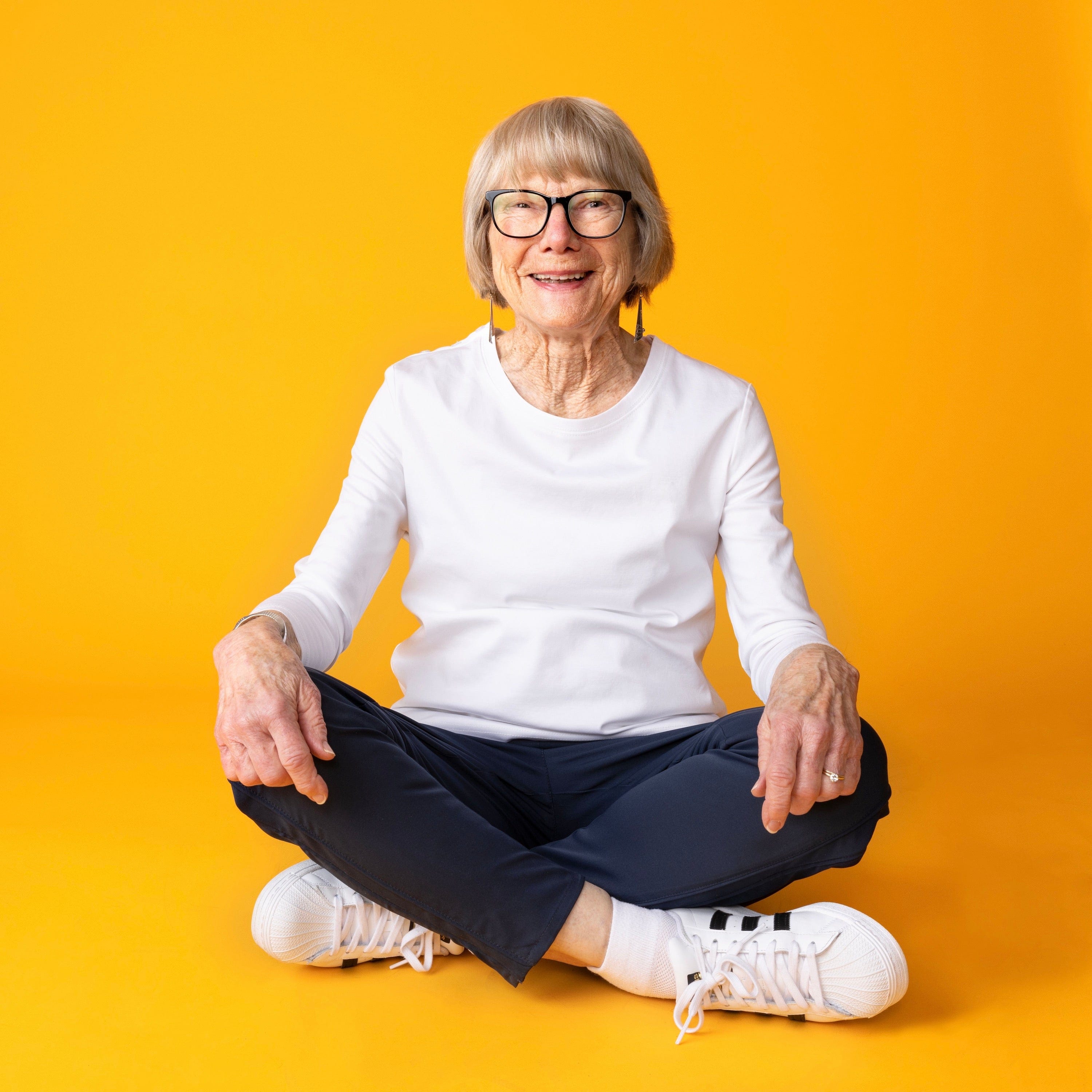

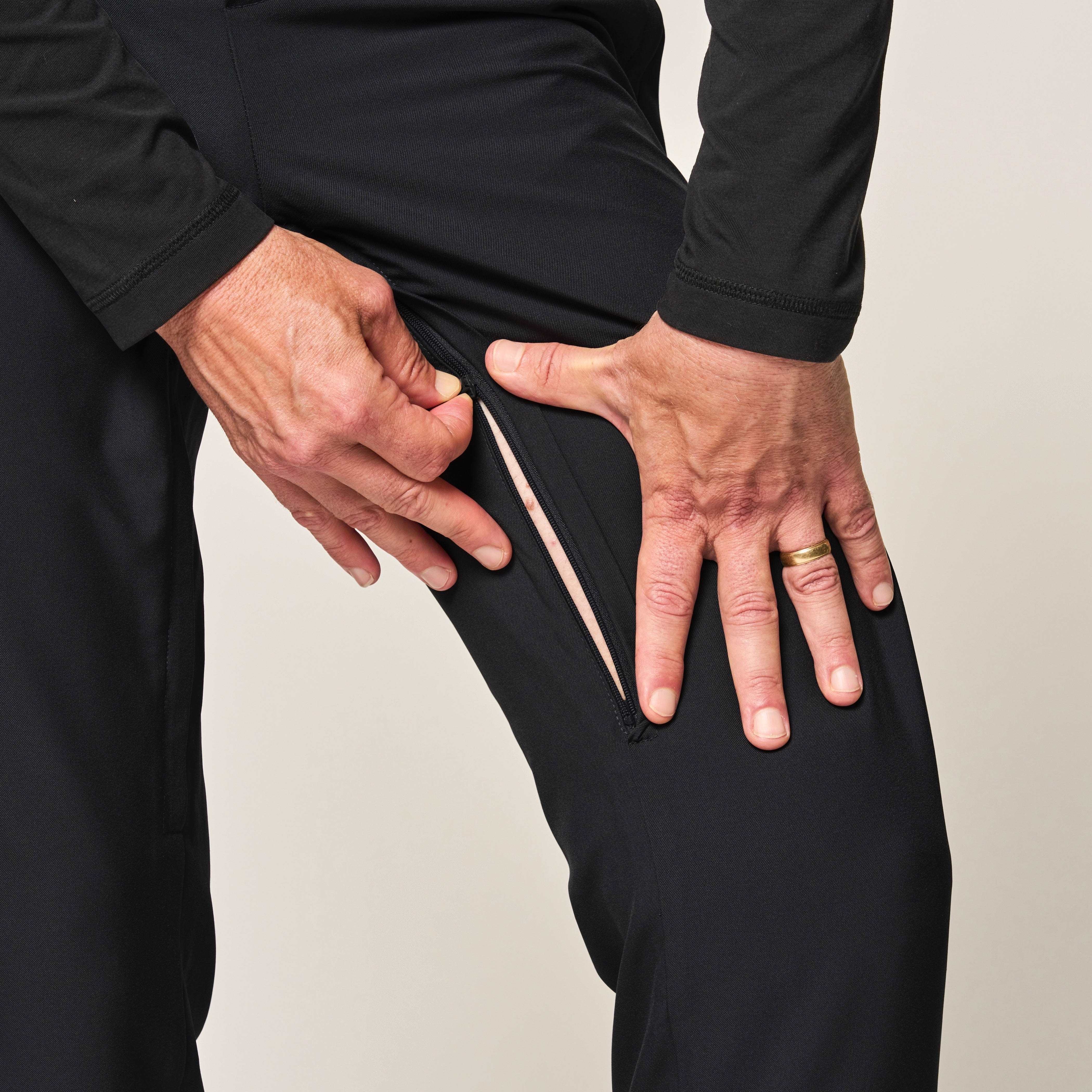
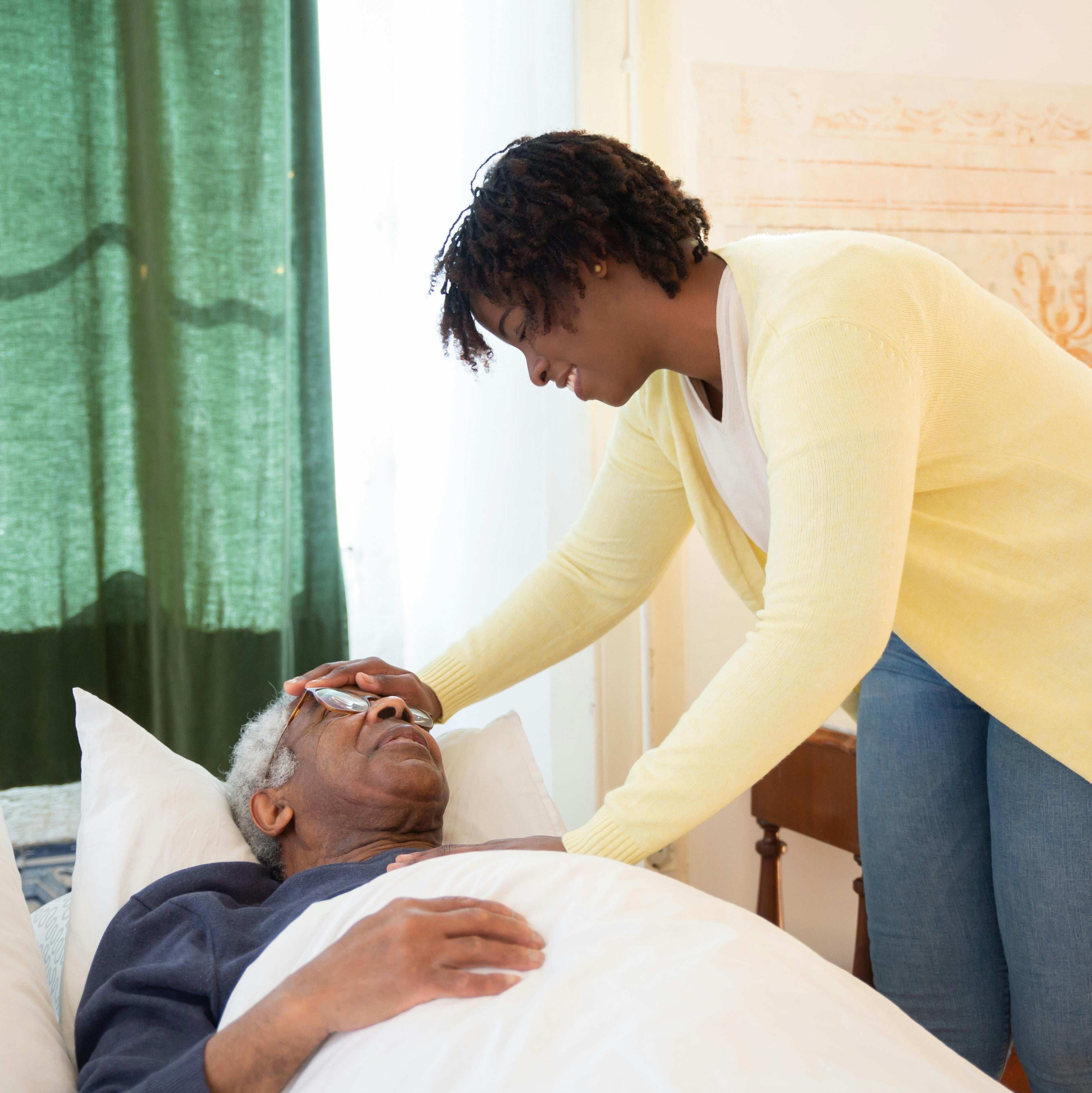
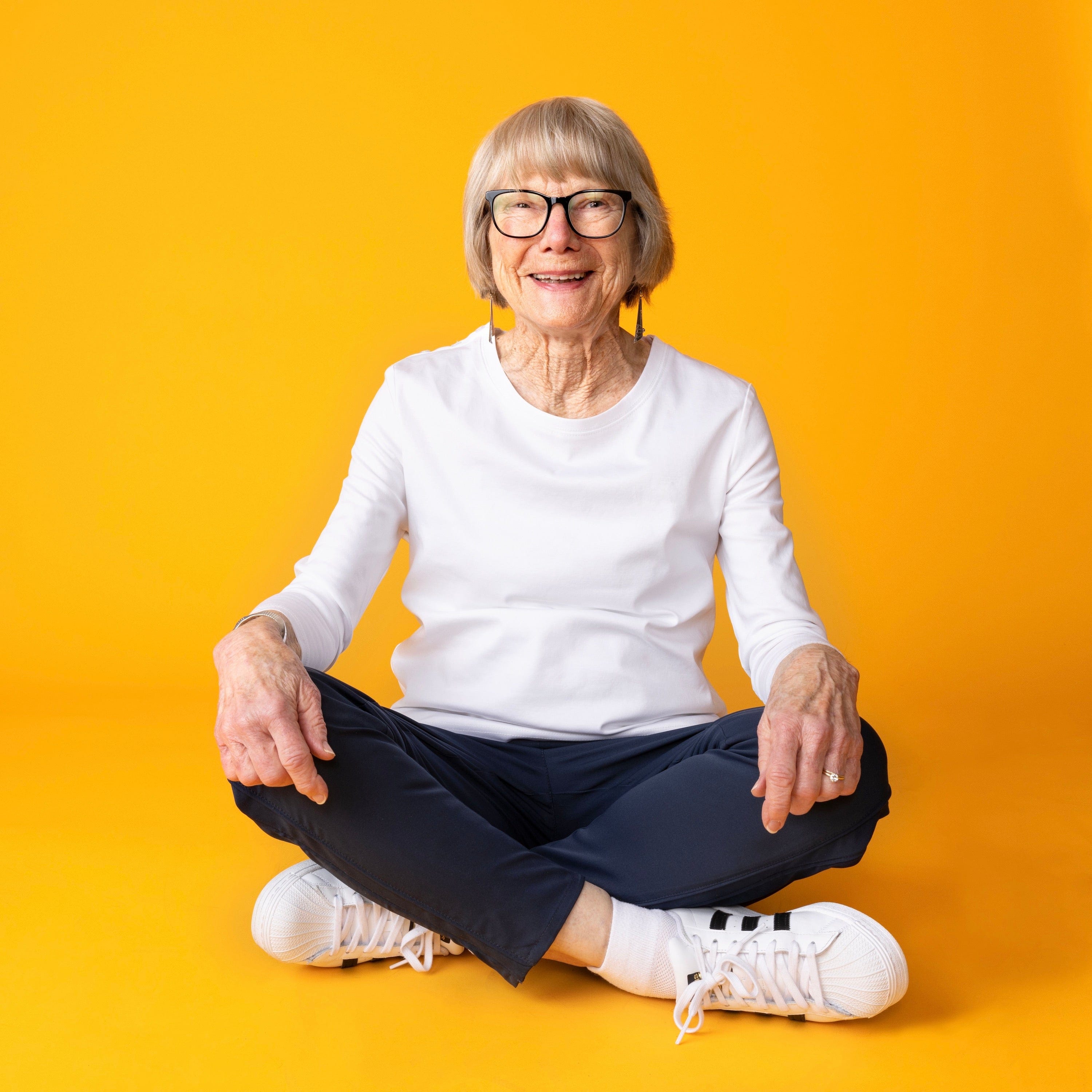
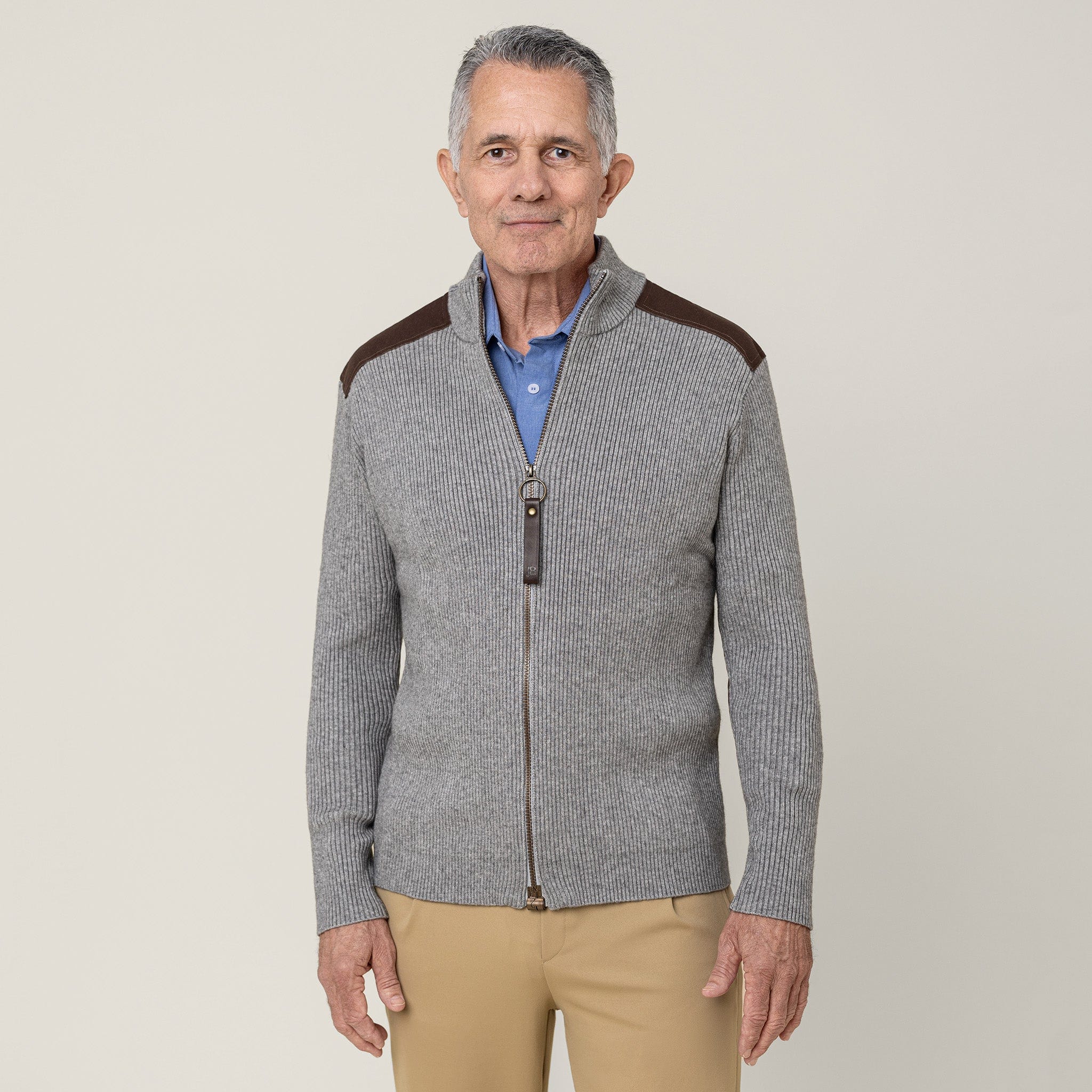
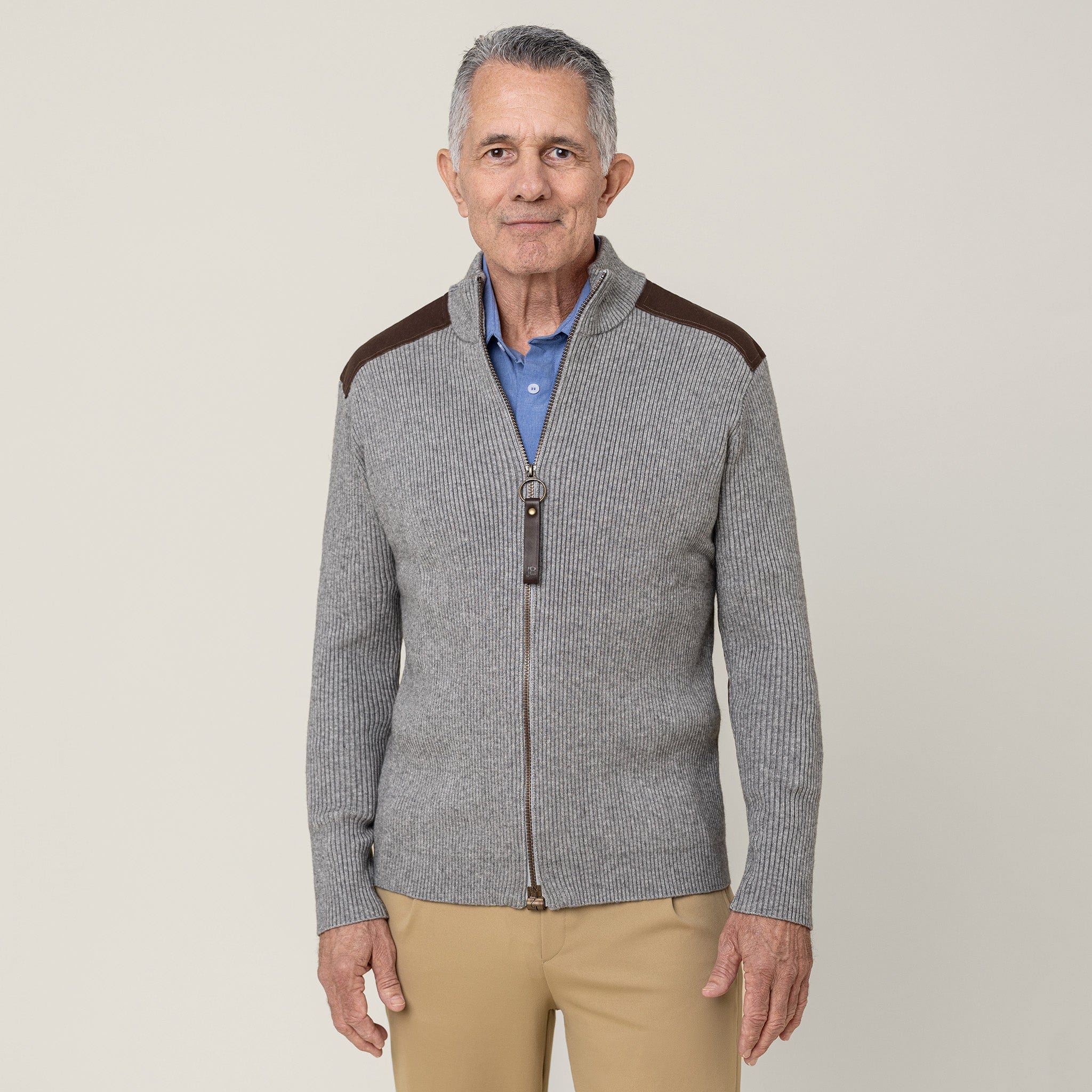
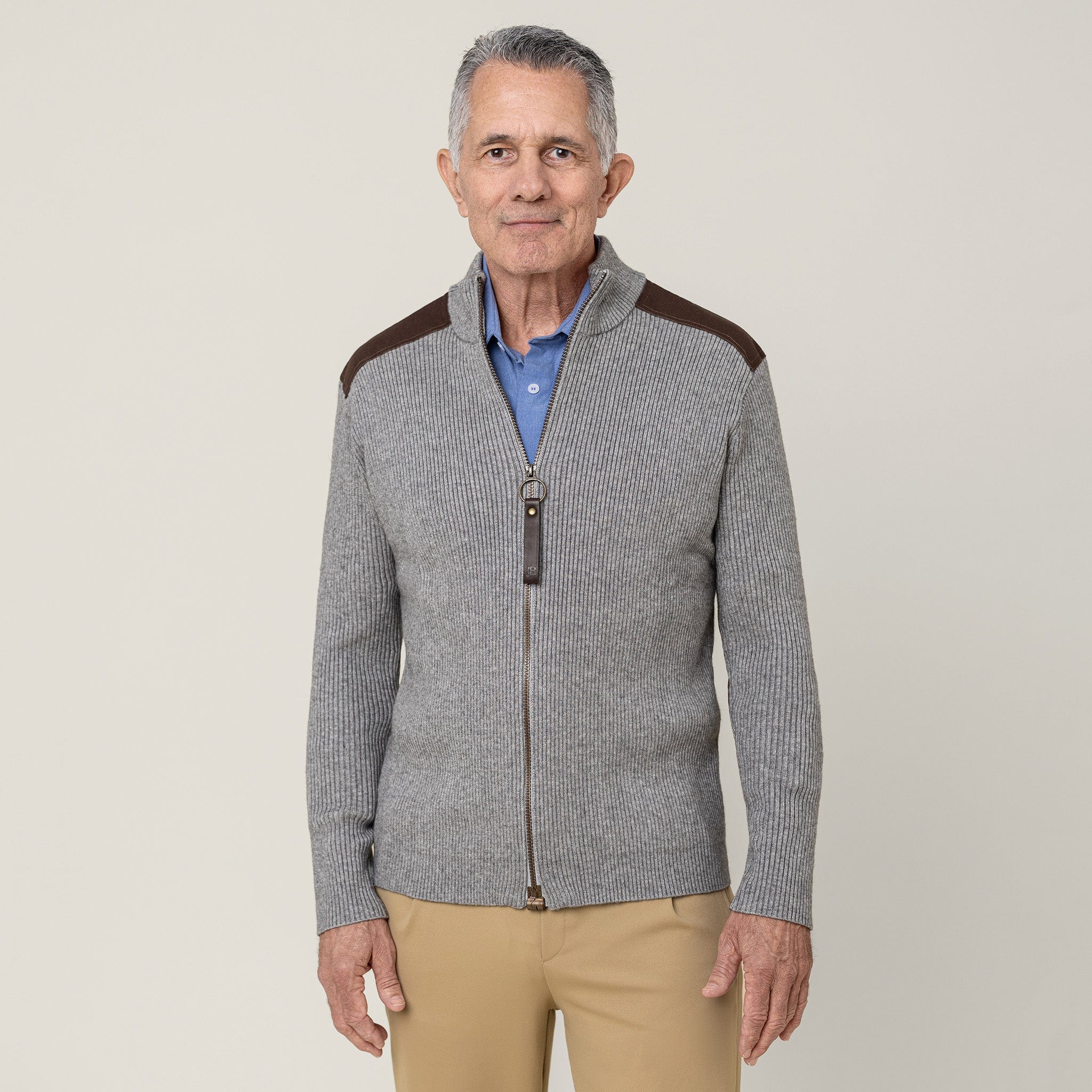
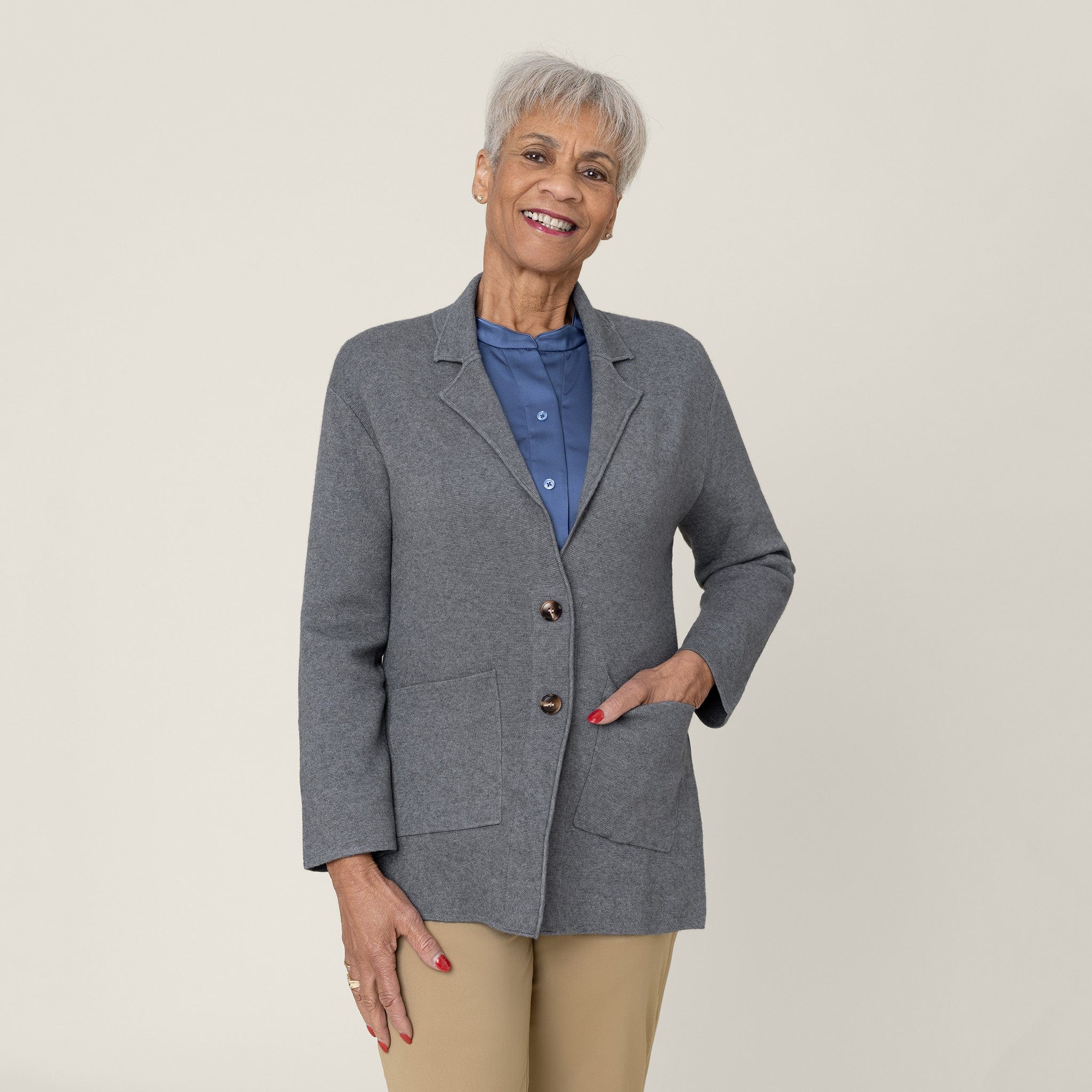

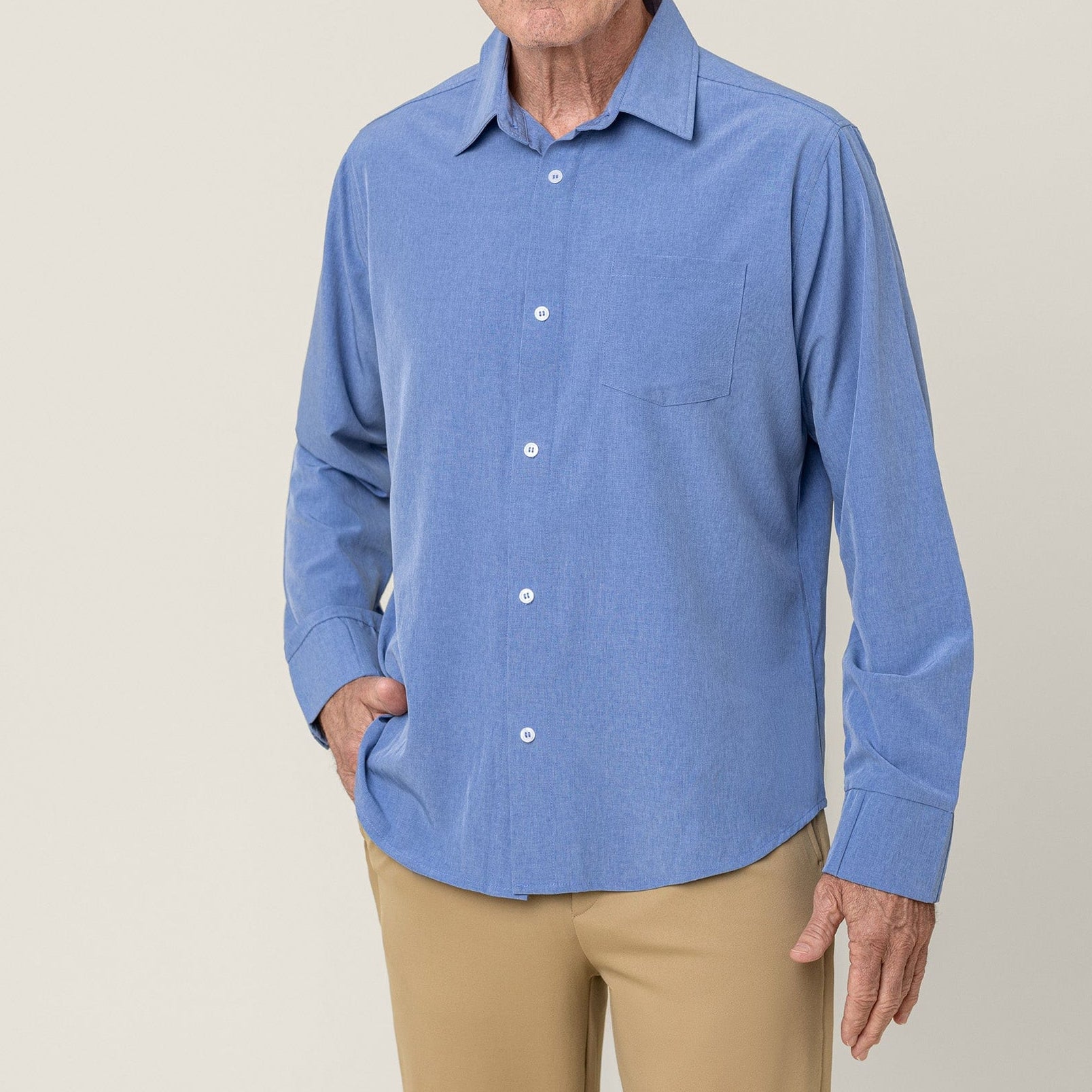

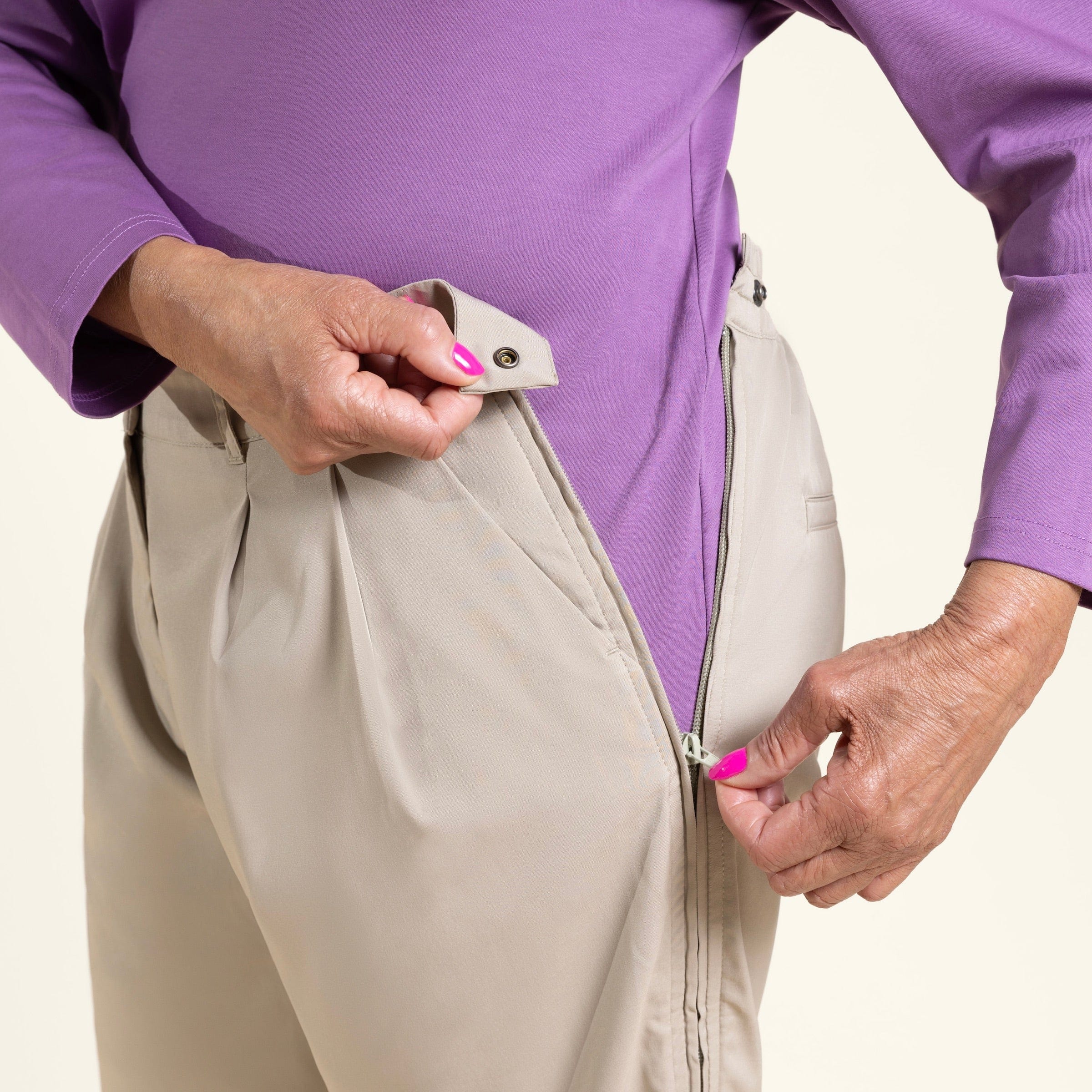
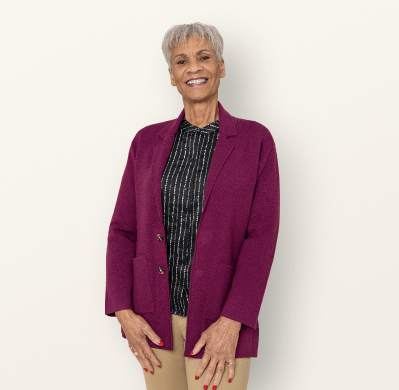
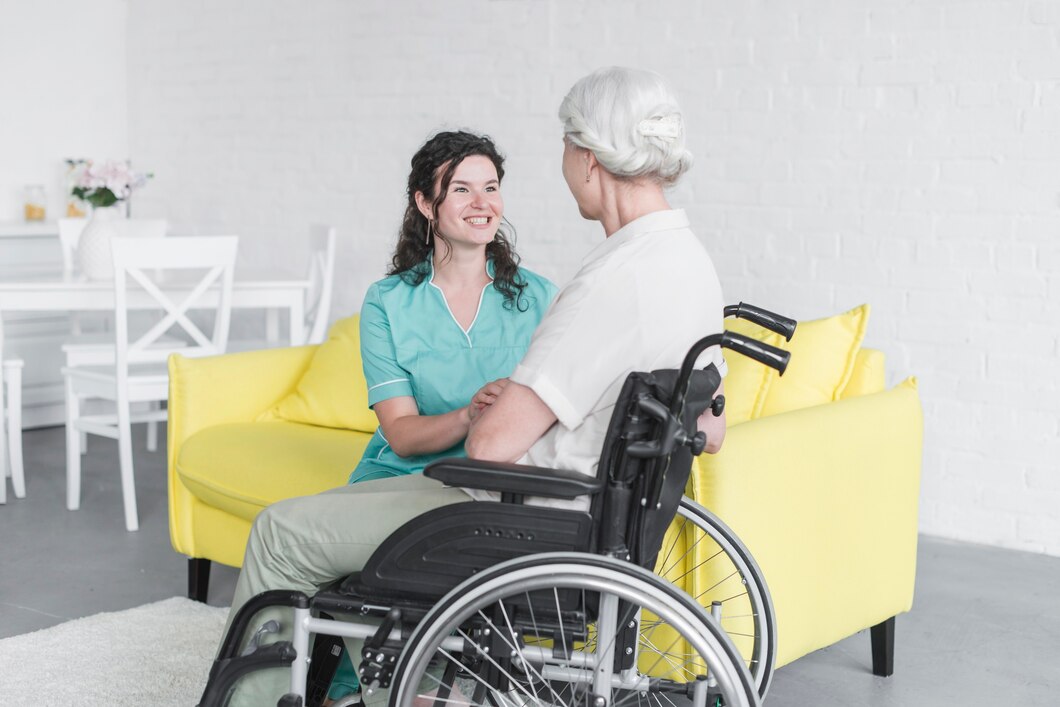

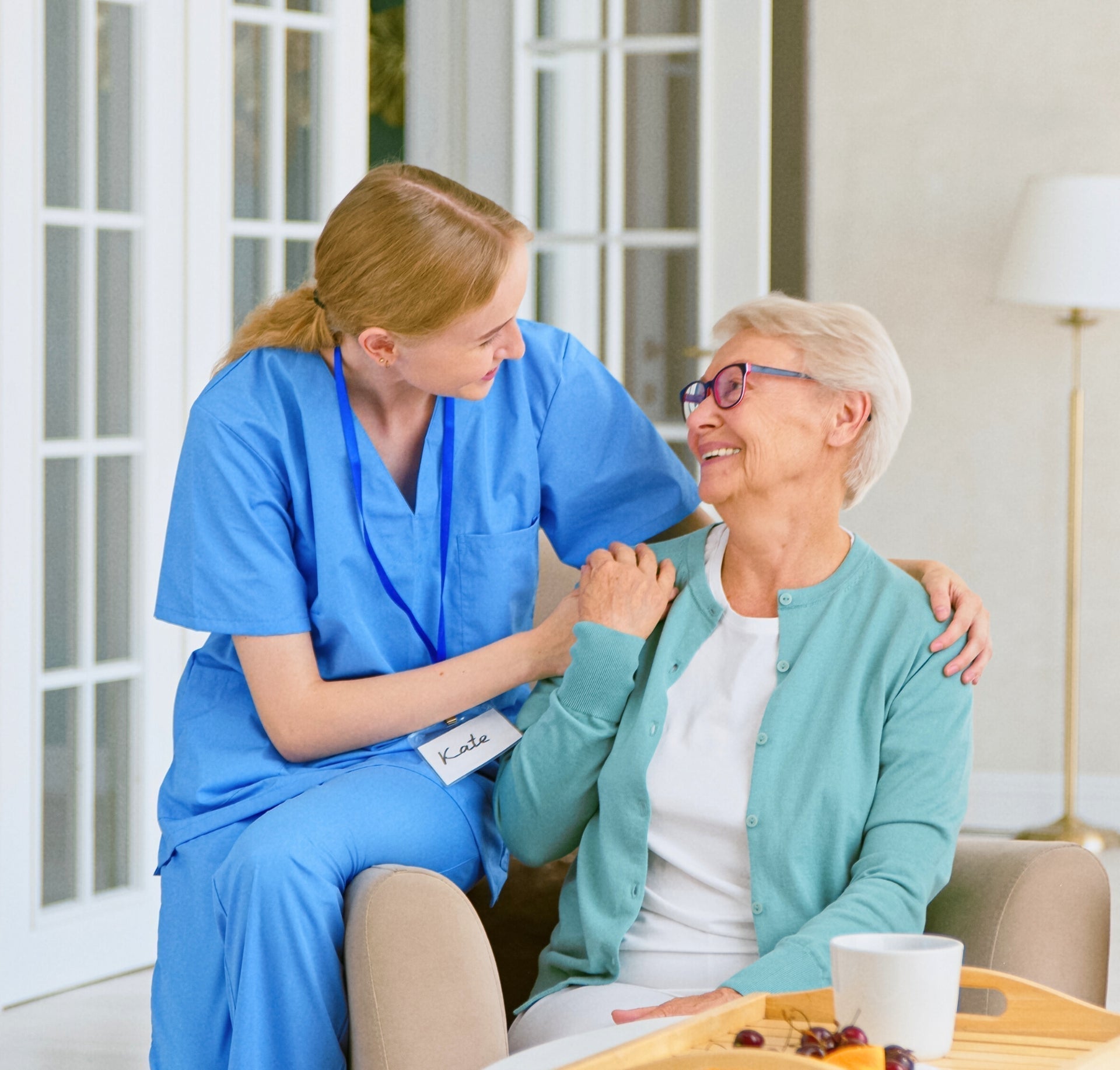

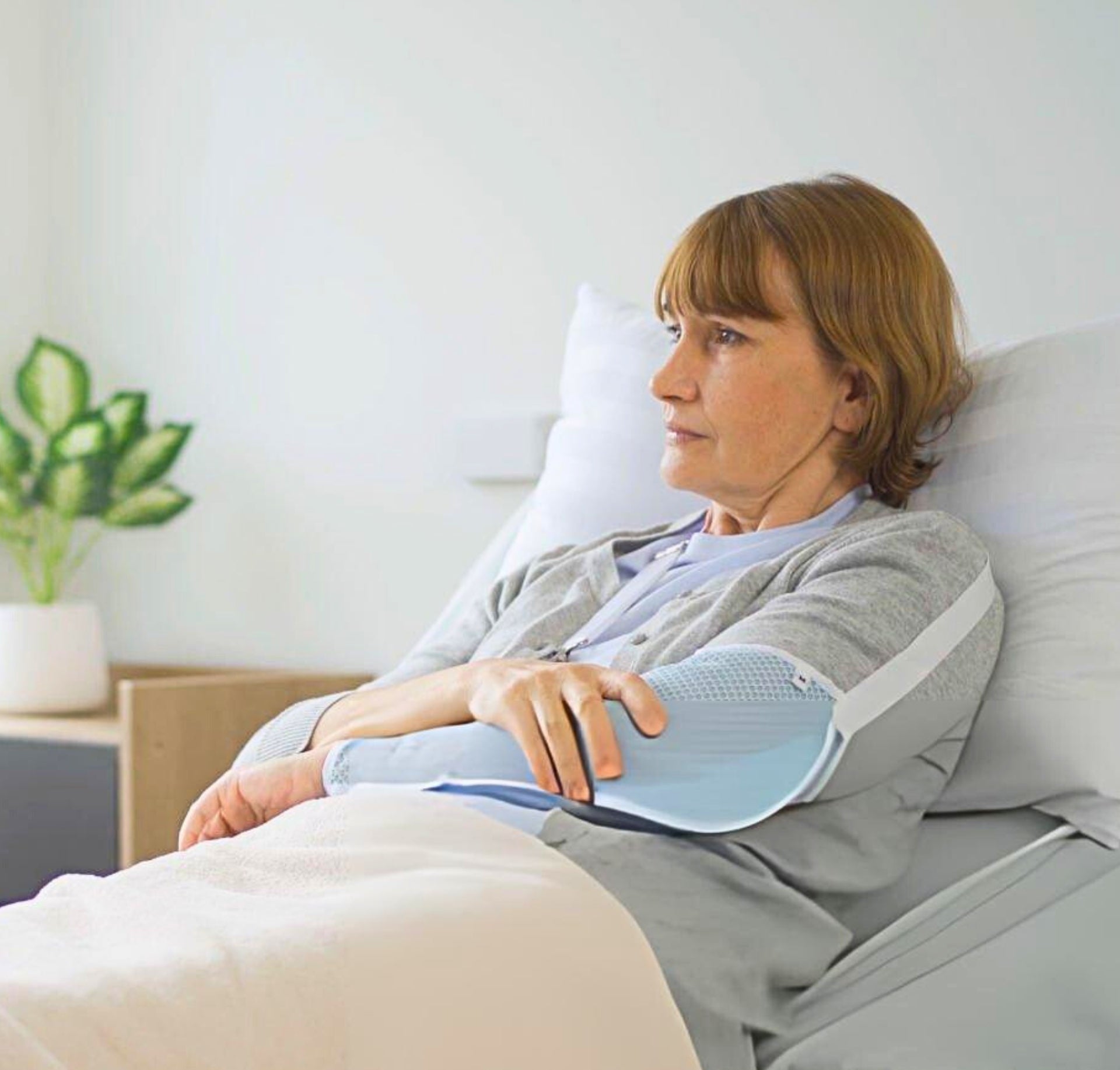
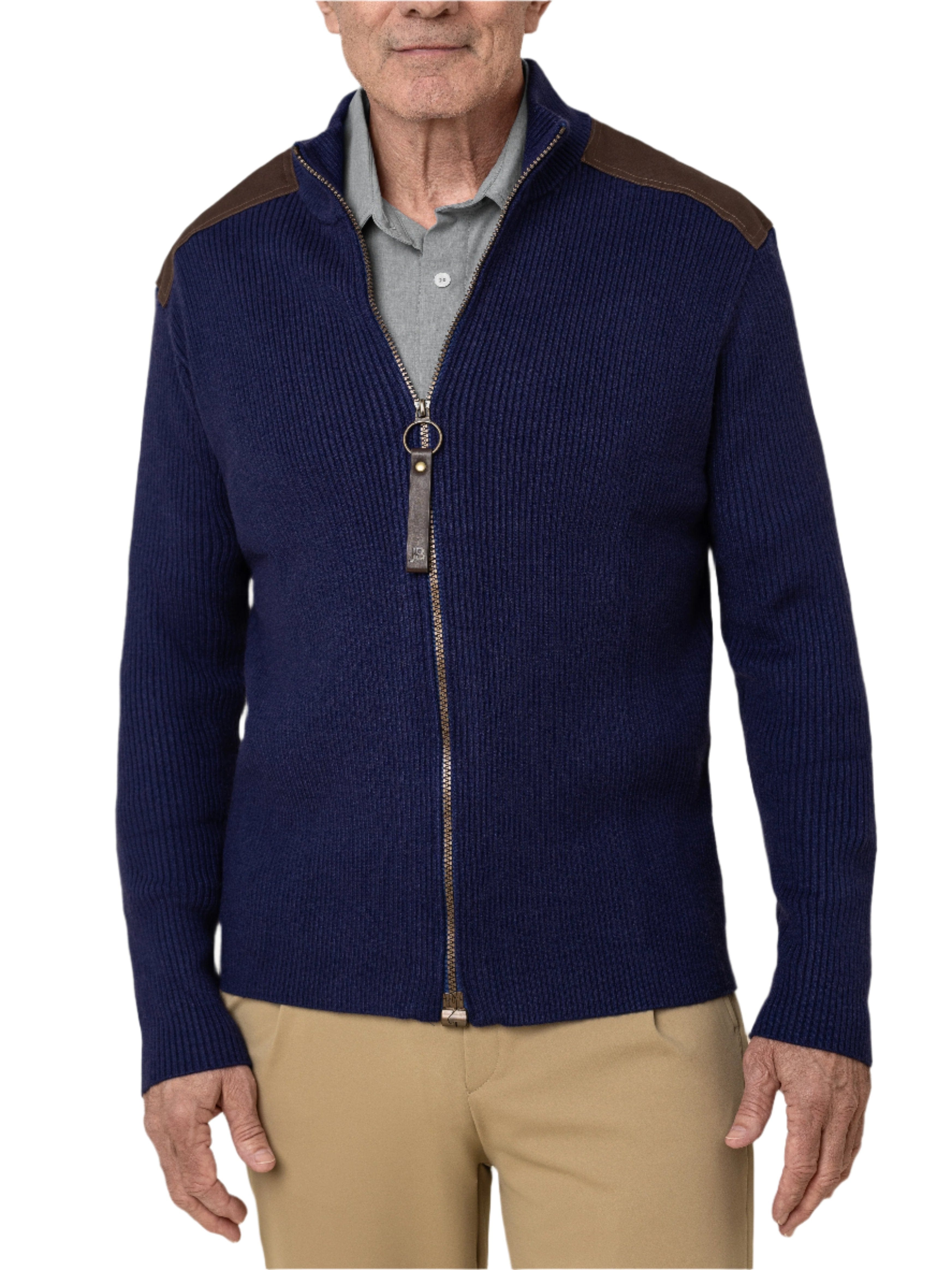



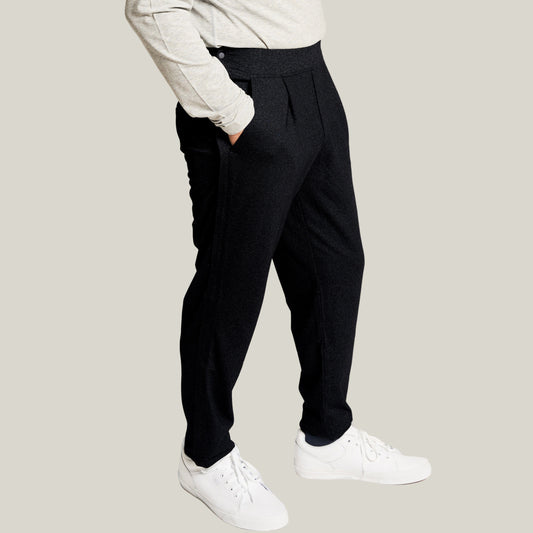

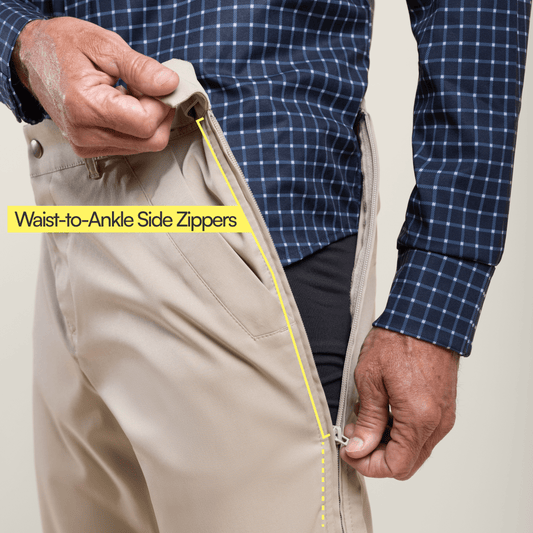
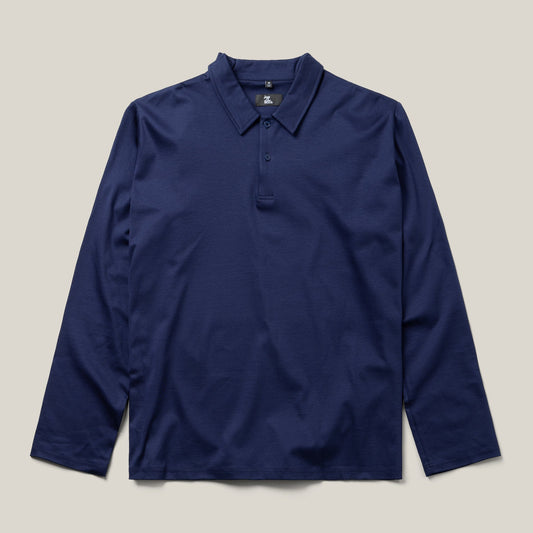

1 comment
“Taking care of a bedridden patient at home is no small task, and this guide offers invaluable insights and tips. I’ve seen in hospice care how crucial the environment and daily routines are for the well-being of patients nearing the end of life. The love and effort put into ensuring their comfort can make a world of difference. While ”https://mylifechoice.org/">hospice care often addresses the end-of-life stage, many of its principles can be applied to long-term home care for bedridden patients, ensuring their dignity, comfort, and overall well-being. Thank you for providing such a thorough and compassionate resource